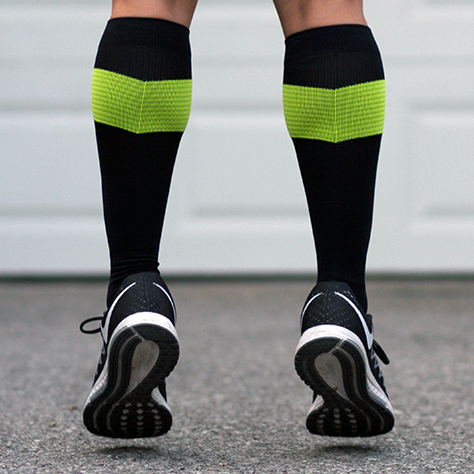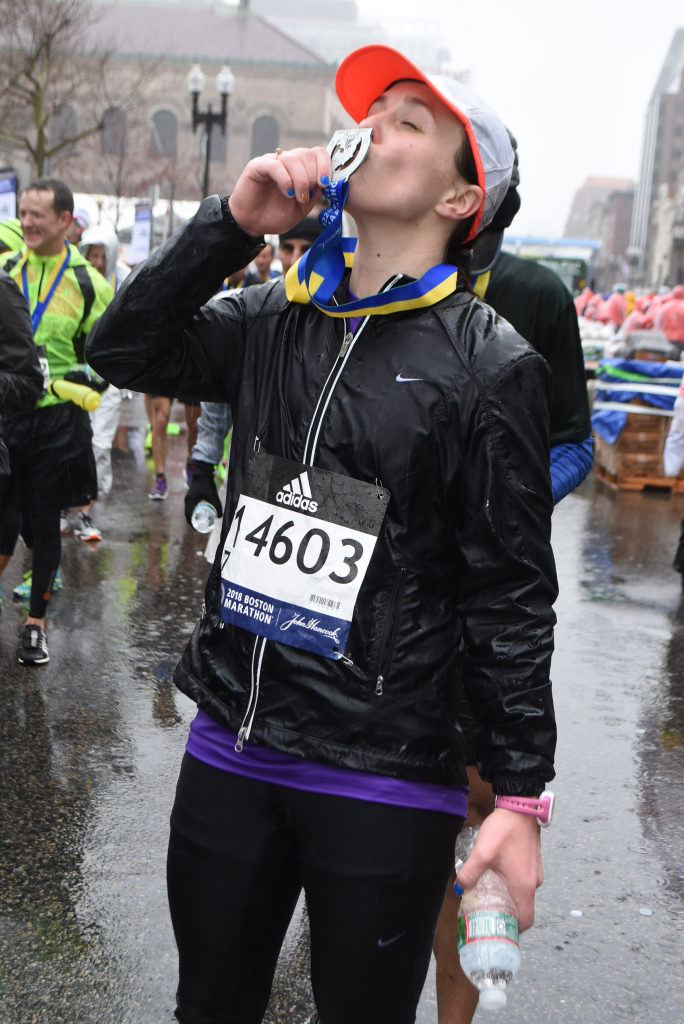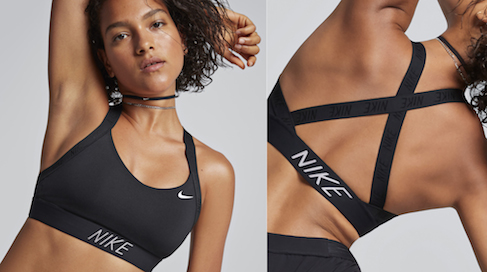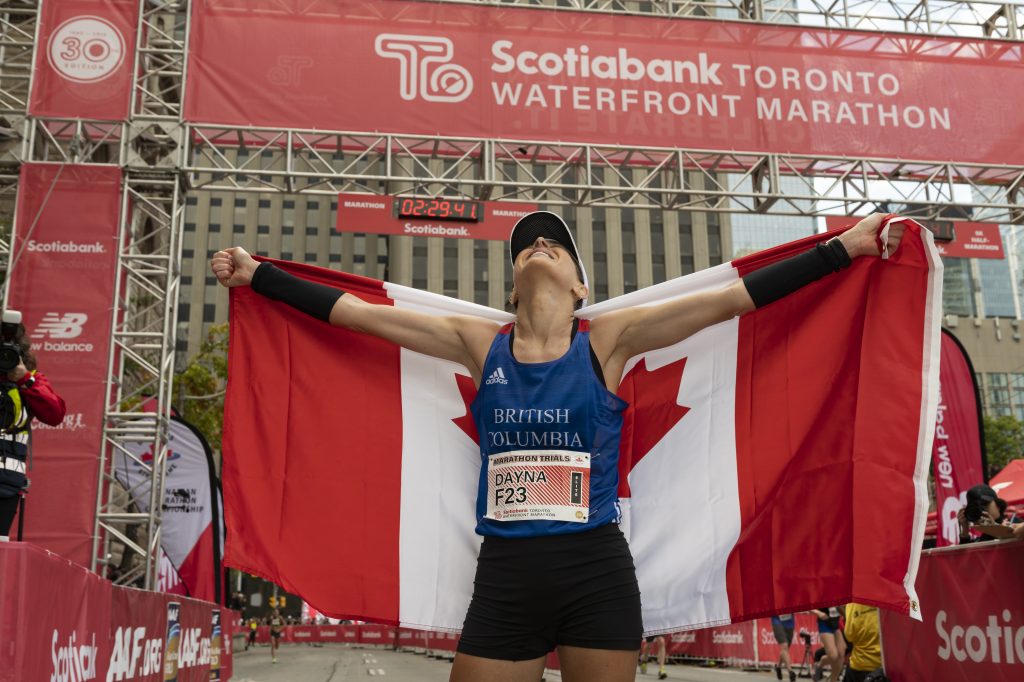They say all you need to run is a good pair of sneakers and some free time, and that’s true. But if you were to go skiing and didn’t have snow pants, there’s little chance that you’d enjoy the experience, and running is sort of the same thing. Chafing is no fun and neither is being wet, cold or overheated. Dayna Pidhoresky knows something about dressing for her sport. A lifelong runner, she qualified for the 2020 Tokyo Olympics at the 2019 Scotiabank Toronto Waterfront Marathon by finishing first Canadian female in the marathon. “Socks, $20; tights, $45; shirt, $30; coat, $100—getting off the couch watching Netflix, priceless,” she says, with a laugh. Here’s five tips for getting yourself a decent running outfit that won’t leave you out in the cold.

5. Socks matter.
Whether it’s a thick sock or a thin sock, that’s personal preference, but everyone agrees that you don’t wear cotton. “You want a wicking fabric to prevent blisters,” says Pidhoresky, adding that different types of socks range in their amount of cushioning, but nearly every sporting good store sells something for your feet made of synthetic materials, like acrylic and polyester. You can wash and dry your new running socks like anything else and if at first it makes you giggle—how the socks are designated for your left and right foot—that’s OK. It’s a right of passage of every new running getting serious in the sport.

4. If bashful, wear black.
Starting out, it may feel strange wrapping yourself in tight-fitting clothing and running around your neighbours’ houses dressed up like a sausage, so choose black when purchasing tights or T-shirts. Not only is the color slimming, but it’s easy to coordinate and gives a runner the impression of entering stealth mode, especially when many of the offerings are fluorescent. “When you’re starting out or shopping for a new runner, you can’t go wrong with one pair of black tights and a black shirt,” says Pidhoresky, who adds that sized medium in street clothes generally translates to a size medium in running gear, although certain brands like Mizuno, based in Japan, tend to run small.

3. Running clothes don’t have to be skin tight.
“I like running gear to be on the looser side for freedom of arms and shoulder movement, as well as the flexibility of adding a thicker layer over a shirt beneath my coat,” says Pidhoresky, who also dovetails us into an interesting conversation: whether or not to wear running underwear beneath your tights or running shorts. Many running shorts contain their own lined “runderwear,” and Dayna’s elite racing shorts are somewhat akin to swimsuit bottoms. However, with running tights, the choice whether or not to wear underwear is up to the individual. She and her partner, running coach Josh Seifarth, don’t wear underwear beneath their tights; I do—though I’m willing to experiment. “The main thing is you want technical fabric,” says Pidhoresky, as modelled above by Malindi Elmore, the fastest female Canadian runner of all-time. “You can decide for yourself on your underwear.”

2. Bra fit is essential.
Pidhoresky finds two pieces of equipment vital: her sneakers and her running bra. “Especially when you’re starting out, you really need something designed for higher impact,” she says, adding that bras designed for yoga or gym workouts will not suffice for the impact of running. “Running is a more intensive activity,” says Pidhoresky. Often mentioned as an industry leader is the Brooks brand, and there are also many companies that offer in-depth virtual fittings, like Knix. Lululemon, who Pidhoresky works with, is also known for their exceptional fitting bras.

1. A little money goes a long way.
You will never in your life go on a run and regret it and what you wear can have an impact on how your run feels. Odds are, you can get an entire outfit—socks, tights, shirt, and coat—for $300, which is basically five months at a GoodLife gym (or the time it can take you to become an experienced runner). It’s excellent that lots of new people are taking to running, but without the right clothing it will be hard to stick with the sport. Especially as the temperature drops. So spend a few dollars on your latest adventure. Like Dayna, pictured above, says: “Getting off the couch watching Netflix—priceless.”
To subscribe to iRun magazine, and enter our new Running is Awesome portal, designed to help new runners enter our sport, please click here.






 Our Magazine
Our Magazine Previous Release
Previous Release
